Even as Covid-19 vaccines are arriving and we look forward to a time when the virus fades into manageability, it’s vital to be mindful not just of its immediate health effects, but enduring corollary ones surrounding stress—in the wake of one of the most psychologically challenging years in American history.
Along with clenching of the fist and tension in the shoulders, neck, and back, a frequent focus of stress and anxiety is in the jaw muscles. A dental condition often tied to this jaw tension—and one much more widely seen over the course of 2020—is teeth grinding/clenching, known as bruxism. According to a September-released American Dental Association poll, its practitioner members reported a stunning 59.4% jump in bruxism cases over the first three quarters of the year. The same poll showed a 53.4% jump in the treatment of chipped and cracked teeth, and a same-percentage increase in temporomandibular joint (TMJ) disorder cases—an often painful condition affecting the jaw muscles, joints connecting the jawbone to the skull, and facial nerves. An October-released study from Tel Aviv University’s Sackler Faculty of Medicine indicated similar increases in bruxism cases, as well as that women experience it more than men, and that 35- to 55-year-olds report it most.
“We believe that our findings reflect the distress felt by the middle generation,” read part of the latter study’s report, published in the Journal of Clinical Medicine, “who were cooped up at home with young children, without the usual help from grandparents, while also worrying about their elderly parents, facing financial problems, and often required to work from home under trying conditions.”
Both TMJ disorder and chipped and cracked teeth can be caused or exacerbated by teeth grinding, so it’s important to be aware of stress and anxiety levels and take steps to reduce them (for a variety of health reasons), and also to identify bruxism early, before the wearing down of teeth results in the need for fillings or crowns.
The principal method of cushioning bruxism’s force and reducing friction is the use of a guard, made by taking impressions of the teeth and sending that data to a lab for the production of a device made to precise specifications. Usually (but not always) worn in the mouth while sleeping, custom-made dental guards are not only more durable than over-the-counter “boil and bite” models (which usually require users to heat them prior to first application)—typically lasting at least two years—but are also more comfortable, do not slip or otherwise move while sleeping, and can alleviate jaw tension in the bargain.
A quantum leap in guard making technology, 20/20dentistry’s iTero Intraoral Scanner rapidly captures images which are converted into precise 3D models of your teeth. More accurate than traditional teeth molds, and with none of their goop or unpleasant taste, iTero scans are quick, radiation free, and produce more accurate and better-performing guards.

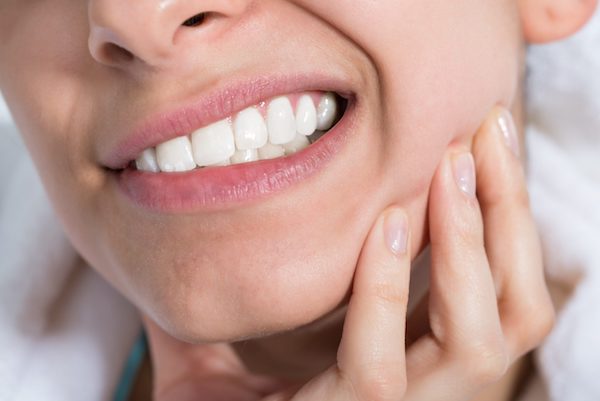
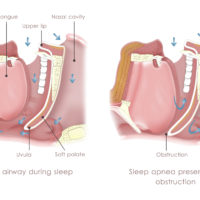
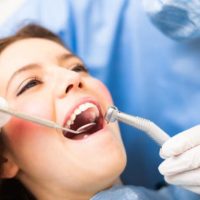
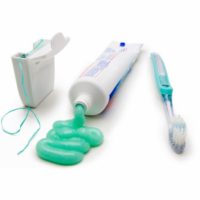
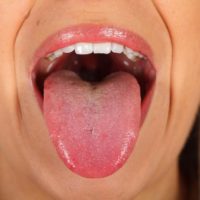
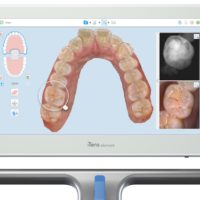

Hi, I was wondering what material the guards are made of. I have an allergy to latex. Thanks.
Hi EF: Guards are made of BPA-free acrylics. Though the FDA has deemed bisphenol A (BPA) safe, 20/20dentistry prefers to keep that chemical out of its guards, and rest assured, they contain no latex, either.